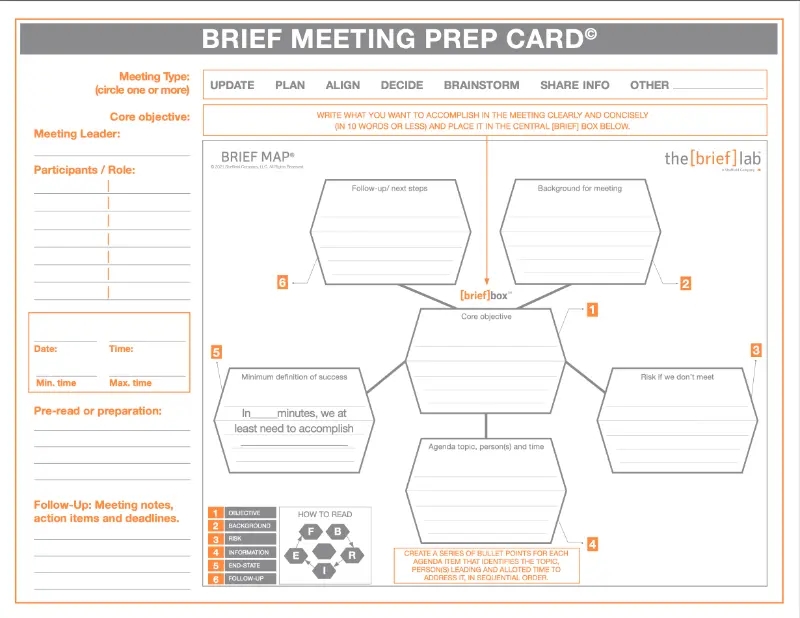How to Effectively Deliver Bad News
In this episode, I’ll cover Five Tips for delivering bad news with clarity and concision.
Breaking bad news to a colleague or boss is like death and taxes: you can’t avoid it. Eventually, we will all face an awkward performance review, have to tell someone they didn’t get the promotion, inform the boss that goals won’t be met this quarter, or even figure out the best way to let someone know they’re being let go.
When these moments come up, we can’t sugar coat things, but we don’t want to come off as terse or heartless. We can all get better at striking the right balance. Why does it matter if you master this uncomfortable skill? If you don’t have a strategy for being clear, you run the risk of mis-managing the conversation. And if the other person doesn’t get the point in round one, you could end up having the same difficult conversation over and over.
Five Tips For Delivering Bad News
So, below we’ll look at Five Tips for keeping it short and sweet, eliminating the chances that tough news gets lost or a conversation spins out of control.
1. Keep it Brief.
This one might seem obvious, especially coming from me. But the longer the conversation is, the more painful it’s going to be for everyone. Longer conversations around difficult news also have more chances to go off track. One thing leads to another, and you end up avoiding the hard part or wandering off topic.
2. Prepare.
Don’t skip this part! Even for a 5 minute update on a tough topic, plan out what you’re going to say—and, more importantly, what you’re not. If this is a high-stakes conversation, you shouldn’t be verbalizing the bad news for the very first time with the recipient herself. Try out the words you need to say on someone from HR, or any colleague whose opinion you trust.
3. Headline.
We are big on headlines at The Brief Lab. In this case, headlining simply means that you say the hard thing first. Avoid the temptation to work your way up to it or sneak it in somewhere. Let them know what’s coming, ideally in around 8 words: “We are going to miss the budget by 30%” or “You’re not getting the promotion that you put in for.”
4. Cut the Intro and Outro.
You might be tempted to ease someone into this conversation with small talk, or leave time for some back-and-forth after you deliver your unpleasant news. You might think this softens the blow, eases the tension, or makes things easier, but the opposite is true! Cut the small-talk—it’s only making things more painful.
5. End it with Conviction.
If you’ve just told someone something upsetting, step away. Let them react with shock, displeasure, etc. on their own terms. This last point is also about knowing your audience: How will they take it? Are they likely to fly off the handle? Try to argue or disagree? Minimize the risk by giving the other person an out: “That’s the news, take some time to process, we’ll talk about this later.” Offer them a chance to process or write down their reactions and questions, but not right now, during this exchange. This will lead to a more controlled conversation this time, and next time.
Remember:
If you think delivering bad news is hard, don’t forget that the other person is receiving that bad news or criticism. So have empathy, have a plan, and take time to prepare and practice. And, of course, keep it brief!
I can’t guarantee that this will ever become easy, but if you can stick to the guidelines above, it will get easier. People will respect your methods, even if they don’t like your news.
Subscribe and share the “Just Saying” podcast to help us spread the word that less is more![/vc_column_text][/vc_column][/vc_row]

